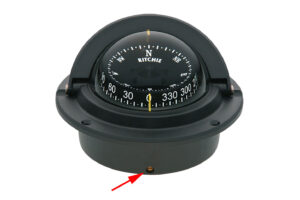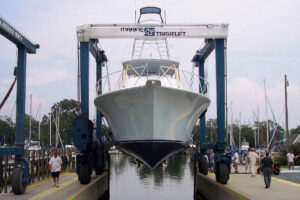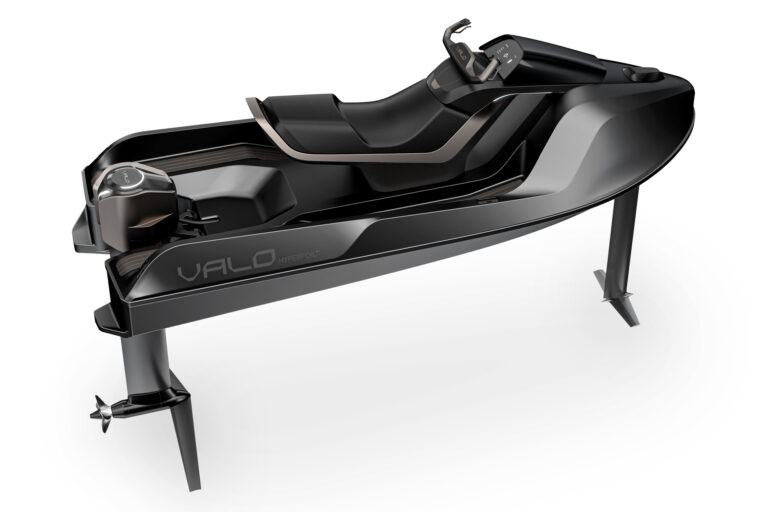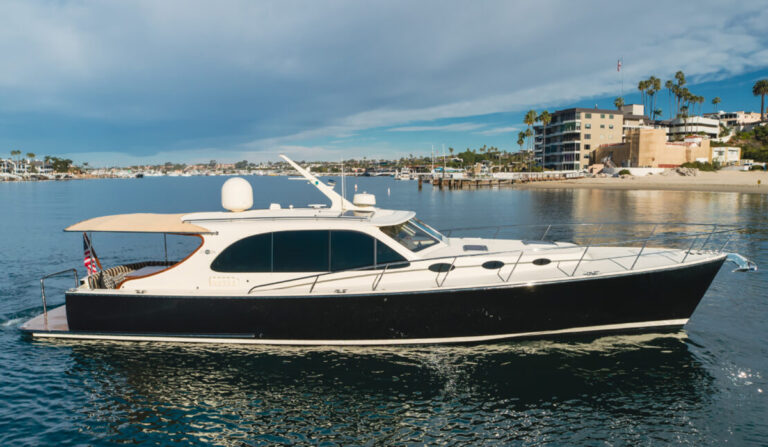
The U.S. Coast Guard recently inspected two vessels in Key West, Florida that had more than 60 lifejackets that were required to be removed and destroyed due to deterioration.
“It was discovered that the unicellular foam buoyant material within the nylon outer shell had degraded significantly over time, broke apart, crumbled and in some instances was reduced to dust. The lifejackets were properly stored, kept dry, and not under direct sunlight; however, the location was very hot at times,” stated the press release from the U.S. Coast Guard.
The lifejackets were Type 1, 160RT model distributed by “The Safeguard Corporation” of Covington, Kentucky and were nine years old. The company had manufactured in China, but is now no longer in business.
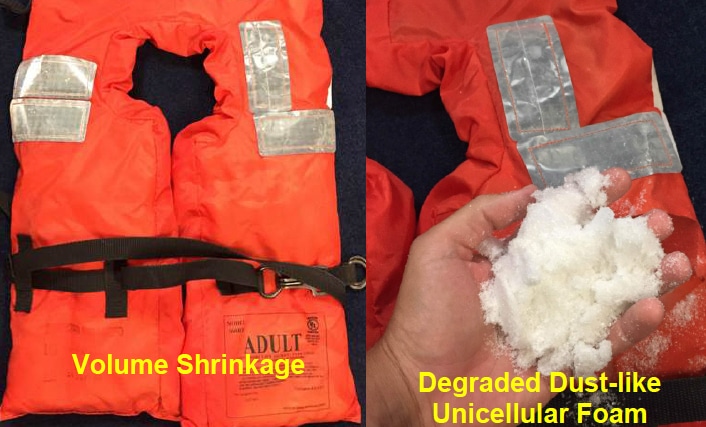
Wondering whether your lifejackets are still effective? Here are some warning signs and prevention tips:
Compression
Constant compression can cause degradation of a lifejacket’s foam. Make sure to store these items in an area where they will not be under too much pressure.
Loss of Resiliency
Loss of resiliency consists of excessively hard, stiff or brittle foam in lifejackets. If the lifejacket doesn’t expand back to its original form after compression, it’s likely lost its efficacy.
Shrinkage
“A physical reduction in size may be indicated by “wrinkling” of the coating on vinyl dipped type or by a loose fitting shell on a fabric-covered lifejacket,” states the U.S. Coast Guard. If the size of the lifejacket has changed, you should probably change the lifejacket.
Poor Manufacturing History
Keep a close eye on safety gear from manufacturers that have a history of producing defective items. Access the U.S. Coast Guard archived safety alerts to check whether your gear is on the list.


